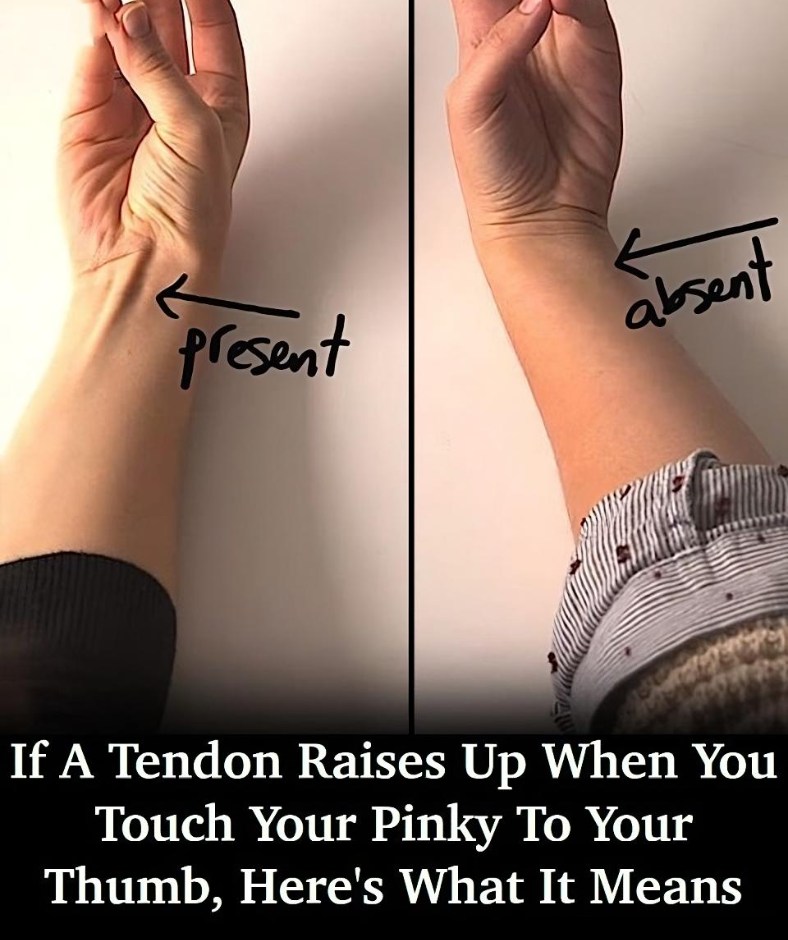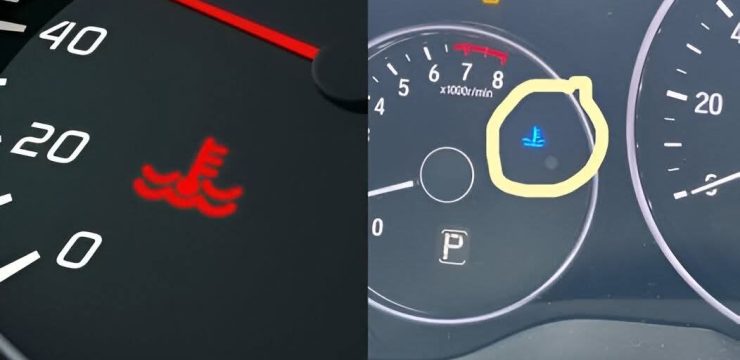Evolution is an endlessly intriguing concept that has captivated scientists and the curious alike for generations. It’s incredible to think about how all mammals, including humans, are interconnected through a shared evolutionary journey. But where can we see tangible evidence of this shared history? Surprisingly, the answer is right in front of us—embedded within our very bodies. There are numerous features, both visible and hidden, that serve as living records of our ancient past.

Traces of Evolution Linger in Our Bodies
Many of the traits we possess today are remnants handed down from our ancestors. These vestigial features may not serve a practical purpose in our current lives, but they reveal fascinating insights into our evolutionary history. Take, for instance, the curious phenomenon of getting goosebumps. This reaction isn’t just a random quirk; it’s actually a leftover survival mechanism from our mammalian ancestors.
Long ago, when our primate predecessors were exposed to cold temperatures, their bodies responded by contracting a muscle attached to their hair follicles. This reflex, known as the pilomotor reflex, caused their body hair to stand upright, effectively increasing insulation and helping them retain warmth. While this was useful for animals covered in fur, for modern humans with relatively hairless skin, goosebumps are more of a nostalgic nod to our distant past.
Goosebumps and Puffed Feathers: A Shared Survival Trait
We can still observe this ancient biological instinct among other mammals. For example, have you ever noticed birds fluffing up their feathers in cold weather? This action is the same concept as goosebumps—puffing up creates an insulating layer of air to keep warm. Additionally, animals like cats will fluff up their fur when frightened, making themselves appear larger to scare off potential threats. This reaction is another relic of a shared evolutionary defense mechanism that humans once relied on.
The Mystery of the Palmaris Longus Tendon
One of the most compelling pieces of evidence for evolution, however, lies within our own arms. Specifically, it involves a tendon associated with an ancient muscle called the palmaris longus. This muscle was once essential for our arboreal ancestors, such as lemurs and early monkeys, who used it to swing from tree branches. As humans evolved to live on the ground, this muscle gradually became less necessary.
Today, not everyone still has this tendon. In fact, about 10-15% of the human population has lost it entirely, which indicates that evolution is still actively shaping us. To check if you have this tendon, try a simple test: Place your forearm flat on a table with your palm facing up. Touch your pinky to your thumb and slightly lift your hand off the table. If a thin band appears in the middle of your wrist, congratulations—you still carry this vestigial tendon.
What It Means If You Don’t Have It
Interestingly, if you don’t see this raised band, it’s not a cause for concern. In fact, it may suggest that you are showing signs of evolutionary change! The absence of the palmaris longus tendon is considered a marker of gradual adaptation. Those who lack this tendon are simply evolving away from a feature that no longer serves a crucial purpose in modern life.
For most people, having or not having this tendon doesn’t affect hand function at all. Surgeons often use the palmaris longus tendon for grafts because it can be removed without impacting the patient’s grip strength or dexterity. Whether you have this tendon or not, it’s a fascinating testament to how our bodies are constantly adapting.
Evolution’s Slow March Forward
The fact that nearly 90% of the population still retains this tendon demonstrates how evolution works at its own slow pace. Changes don’t happen overnight; instead, they unfold over thousands, even millions, of years. This gradual process is why we still carry physical remnants from our ancestors, even though they may no longer be essential to our survival.
Embracing Our Evolutionary Heritage
The traces of evolution hidden within our bodies never cease to amaze. From goosebumps that once helped our ancestors conserve heat, to a tendon that was crucial for swinging through trees, our bodies are like living museums of our evolutionary past. These small, seemingly insignificant details offer profound insights into how we became the species we are today.
As we continue to study and understand these vestigial traits, we gain a deeper appreciation for the complex processes that have shaped us. These physical remnants are not just quirks of biology; they are the echoes of a time when our survival depended on entirely different skills and adaptations.
A Glimpse into the Future
The presence or absence of these features also gives us a glimpse into the future of human evolution. As our environments and lifestyles change, so too will our bodies. What we consider essential today may become obsolete in the millennia to come. Understanding these changes can help us appreciate the ongoing journey of human evolution.
So, the next time you shiver and feel goosebumps rise on your arms or notice that raised tendon when you touch your pinky to your thumb, take a moment to marvel. These seemingly mundane reactions are actually a celebration of the incredible adaptations that allowed our ancestors to survive—and that continue to shape our bodies today.
In the end, our physical forms are not just biological machines but are also stories waiting to be told, each feature a chapter in the remarkable saga of human evolution. Whether it’s the tendon in your wrist or the hairs standing up on your skin, these are the marks of where we’ve been and a hint at where we might be headed next in our evolutionary journey.





